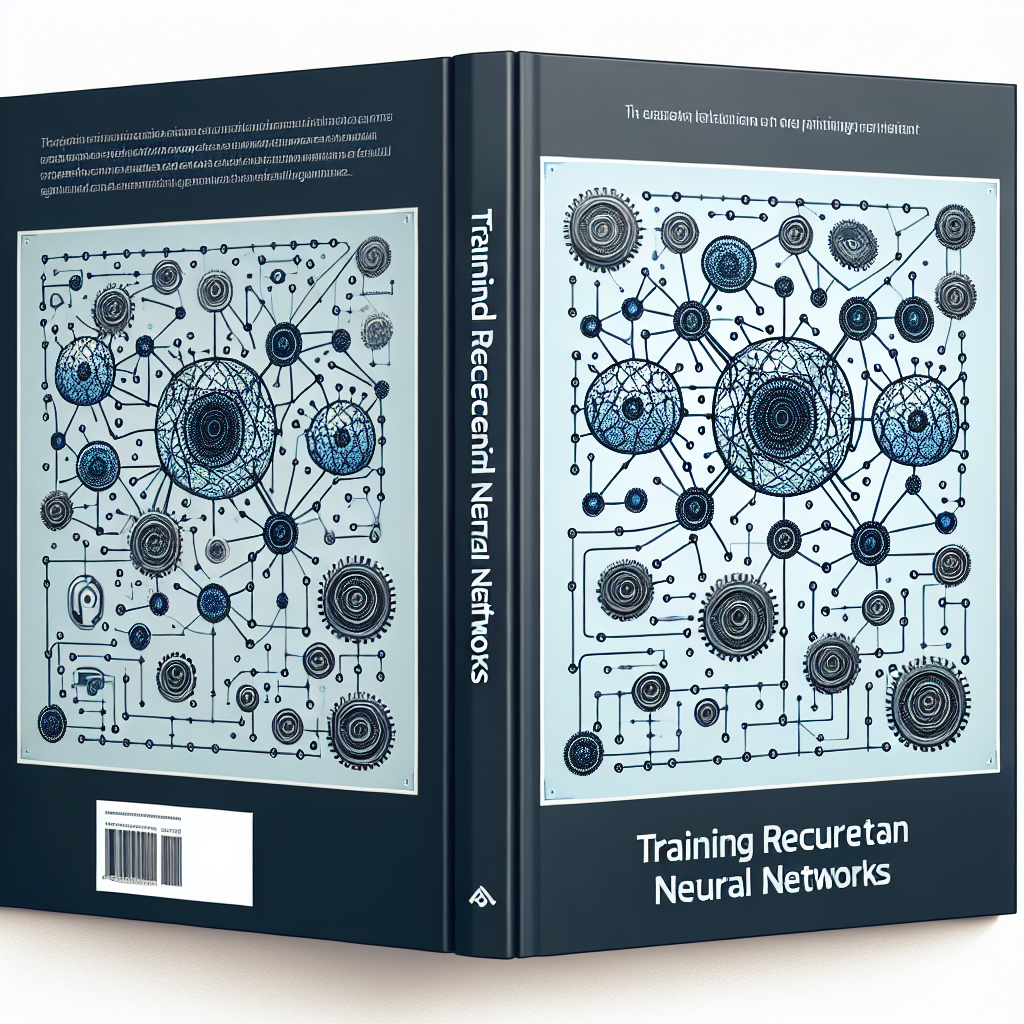Fix today. Protect forever.
Secure your devices with the #1 malware removal and protection software
Recurrent Neural Networks (RNN) are a type of artificial neural network designed to handle sequential data. They are commonly used in tasks such as natural language processing, speech recognition, and time series analysis. Training RNNs can be challenging due to their complex architecture and the nature of sequential data. In this comprehensive guide, we will cover the basics of RNNs and provide practical tips for training them effectively.
1. Understanding RNNs:
RNNs are neural networks designed to process sequential data by incorporating information from previous time steps. They have a recurrent connection that allows them to maintain memory of past inputs. This makes them well-suited for tasks where the order of input data is important, such as predicting the next word in a sentence or forecasting future stock prices.
2. Types of RNNs:
There are several variations of RNNs, including vanilla RNNs, Long Short-Term Memory (LSTM) networks, and Gated Recurrent Units (GRU). LSTM and GRU networks are popular choices for training RNNs due to their ability to handle long sequences and mitigate the vanishing gradient problem.
3. Preparing Data:
Before training an RNN, it is essential to preprocess and prepare the data effectively. This includes encoding categorical variables, normalizing numerical data, and splitting the dataset into training and validation sets. Additionally, padding sequences to a fixed length can help ensure consistent input sizes for the RNN.
4. Choosing a Loss Function:
The choice of loss function plays a crucial role in training RNNs. For regression tasks, Mean Squared Error (MSE) is commonly used, while for classification tasks, Cross-Entropy Loss is preferred. It is essential to select a loss function that aligns with the specific task and output format of the RNN.
5. Optimizing Hyperparameters:
Hyperparameters such as learning rate, batch size, and number of epochs significantly impact the training process of RNNs. Experimenting with different hyperparameter values and using techniques like learning rate scheduling and early stopping can help improve model performance and convergence.
6. Regularization Techniques:
To prevent overfitting and improve generalization, regularization techniques such as dropout and batch normalization can be applied to RNNs. Dropout randomly disables neurons during training to reduce reliance on specific features, while batch normalization normalizes the input data to each layer, improving gradient flow.
7. Monitoring Training Progress:
During training, monitoring key metrics such as loss and accuracy on the validation set can help identify potential issues like overfitting or underfitting. Visualizing training curves using tools like TensorBoard can provide insights into the model’s performance and guide further optimization.
In conclusion, training RNNs requires a thorough understanding of their architecture, data preparation, loss functions, hyperparameters, regularization techniques, and monitoring strategies. By following the guidelines outlined in this comprehensive guide, developers and researchers can train RNNs effectively and optimize their performance for a wide range of sequential data tasks.
Fix today. Protect forever.
Secure your devices with the #1 malware removal and protection software
#Comprehensive #Guide #Training #Recurrent #Neural #Networks #RNN,rnn

Leave a Reply
You must be logged in to post a comment.